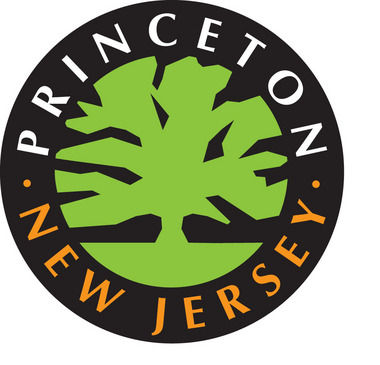By Philip Sean Curran, Staff Writer
Mercer County Superior Court Judge Mary C. Jacobson will decide how much affordable housing Princeton is obligated to provide, a process fraught with legal uncertainty that a landmark state Supreme Court ruling earlier this year helped create.
Town officials and their lawyers are working on a court-mandated, condensed timeline to produce a plan by the end of November that lays out how Princeton will provide housing opportunities for moderate to low income people. Those measures likely will include changing municipal zoning regulations.
For instance, Princeton says today that builders must set aside 20 percent of all residential units they construct as affordable housing, or below market rate. But Councilwoman Jenny Crumiller last week suggested doubling that requirement to 40 percent.
Another way may involve designating land that the town either owns or will own, such as a parking lot on Franklin Avenue that Princeton University will give the municipality, that could be appropriate for affordable housing.
The housing issue was brought front and center in March, when the state Supreme Court said trial courts would be responsible for ensuring that towns meet their constitutional responsibilities to provide housing opportunities. That mandate was established by earlier Supreme Court rulings, in what are known as the high court’s Mt. Laurel decisions.
The latest ruling was hailed by housing advocates — and homebuilders, who stand to make a financial windfall in the coming years.
“This next chapter of Mount Laurel compliance provides considerable opportunities to builders wishing to seek favorable rezonings and provide much-needed affordable housing,” the New Jersey Builders Association said after the March 10 high court decision.
Towns like Princeton want to avoid so-called builder’s remedy lawsuits, in which a developer can sue them on the grounds that they are not meeting their housing requirements. If a judge agrees, municipal zoning regulations are thrown by the wayside, and developers can build high-density projects.
An expert for the Fair Share Housing Center, an advocacy group, has done a study concluding that New Jersey needs to build some 200,000 new units over the next 10 years. Princeton’s share of that is 1,000.
Towns, however, will get their own experts to produce a different number, although Judge Jacobson will make the call for Princeton and every other town in Mercer based on the regional needs for Mercer, Ocean and Monmouth counties.
Regardless of how much housing the judge decrees for Princeton, the town is almost built-out. So then where is the land to put hundreds of new units?
“That’s the million dollar question,” Ms. Crumiller said.
Nassau Hall might have the answer to that question. The university is the largest land-owner in the community, including tracts on Alexander Street that it plans to develop. The school said this week that it remains interested in a residential-mixed use development in that part of town, although nothing is imminent as the university is in the midst of its long-range campus planning.
The school owns a golf course, also along Alexander, that could be developed if the university so chose. But privately, the town thinks that will never happen.
“I can’t imagine we would ever sell the golf course,” said university vice president and secretary Robert K. Durkee by phone on Monday.
The way the town meets affordable housing could inflame old tensions about consolidation. There has been a strong push to put most or all of new affordable housing into the former borough, instead of the former township. The rationale is to put housing in places where people could walk to shopping and use public transportation.
For example, AvalonBay is building a 280-unit residential development at the old Princeton Hospital on Witherspoon Street. The developer has to set aside 56 of those units as affordable.
Yet officials find themselves wrestling with a broader problem — of how land gets used in a community in which there are competing interests.
“It’s going to be hard,” Ms. Crumiller said.
On one hand, there are those who enjoy and support the purchase and creation of open space, such as parks and nature preserves. Yet others believe that the town should use parcels, like the parking lot, on Franklin, for housing.
“This is Princeton,” Councilwoman Jo S. Butler said, “and we’re probably not going to please everyone.”

